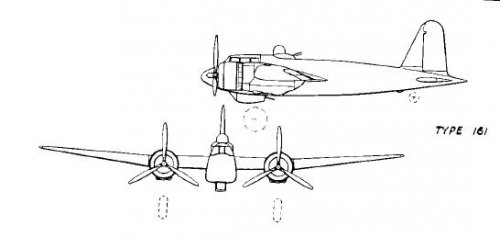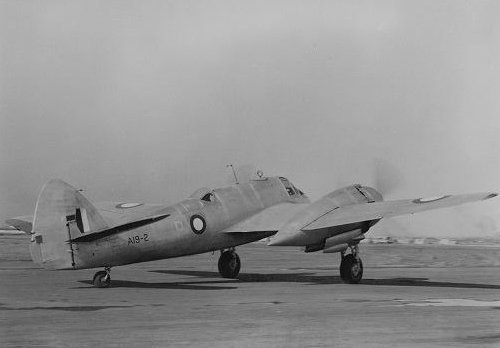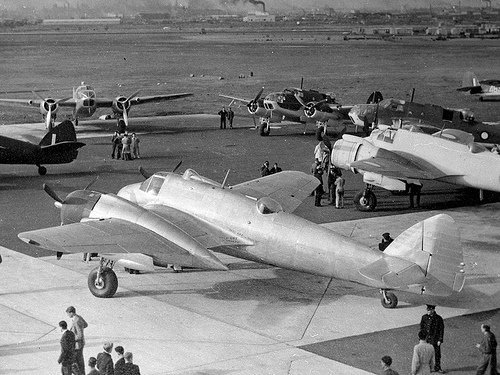Maveric
Fight for yor Right!
- Joined
- 14 January 2007
- Messages
- 2,180
- Reaction score
- 746
Hi all,
the Bristol "Beaufighter Mk.III" should be the "sports model" version of the "Beaufighter" design! Anybody of you have a drawing or a 3view of this version?
I search also drawings of the Bristol 155 ( B.18/38 ) - the "Beaufighter"-forerunner - and the Bristol 157, the bomber-version of the "Beaufighter".
Servus Maveric
the Bristol "Beaufighter Mk.III" should be the "sports model" version of the "Beaufighter" design! Anybody of you have a drawing or a 3view of this version?
I search also drawings of the Bristol 155 ( B.18/38 ) - the "Beaufighter"-forerunner - and the Bristol 157, the bomber-version of the "Beaufighter".
Servus Maveric




